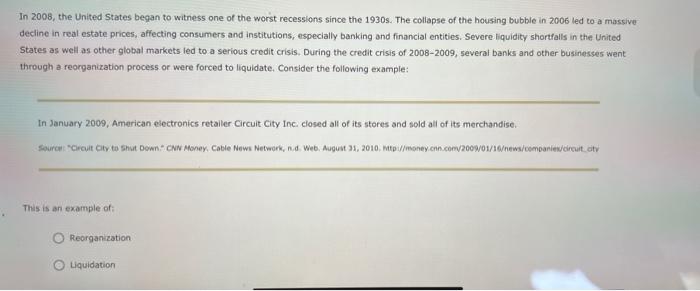Answered step by step
Verified Expert Solution
Question
1 Approved Answer
9. More on types of bonds You can distinguish the various types of bonds by their terms of contract, pledge of collateral, and so on.


Step by Step Solution
There are 3 Steps involved in it
Step: 1

Get Instant Access to Expert-Tailored Solutions
See step-by-step solutions with expert insights and AI powered tools for academic success
Step: 2

Step: 3

Ace Your Homework with AI
Get the answers you need in no time with our AI-driven, step-by-step assistance
Get Started


